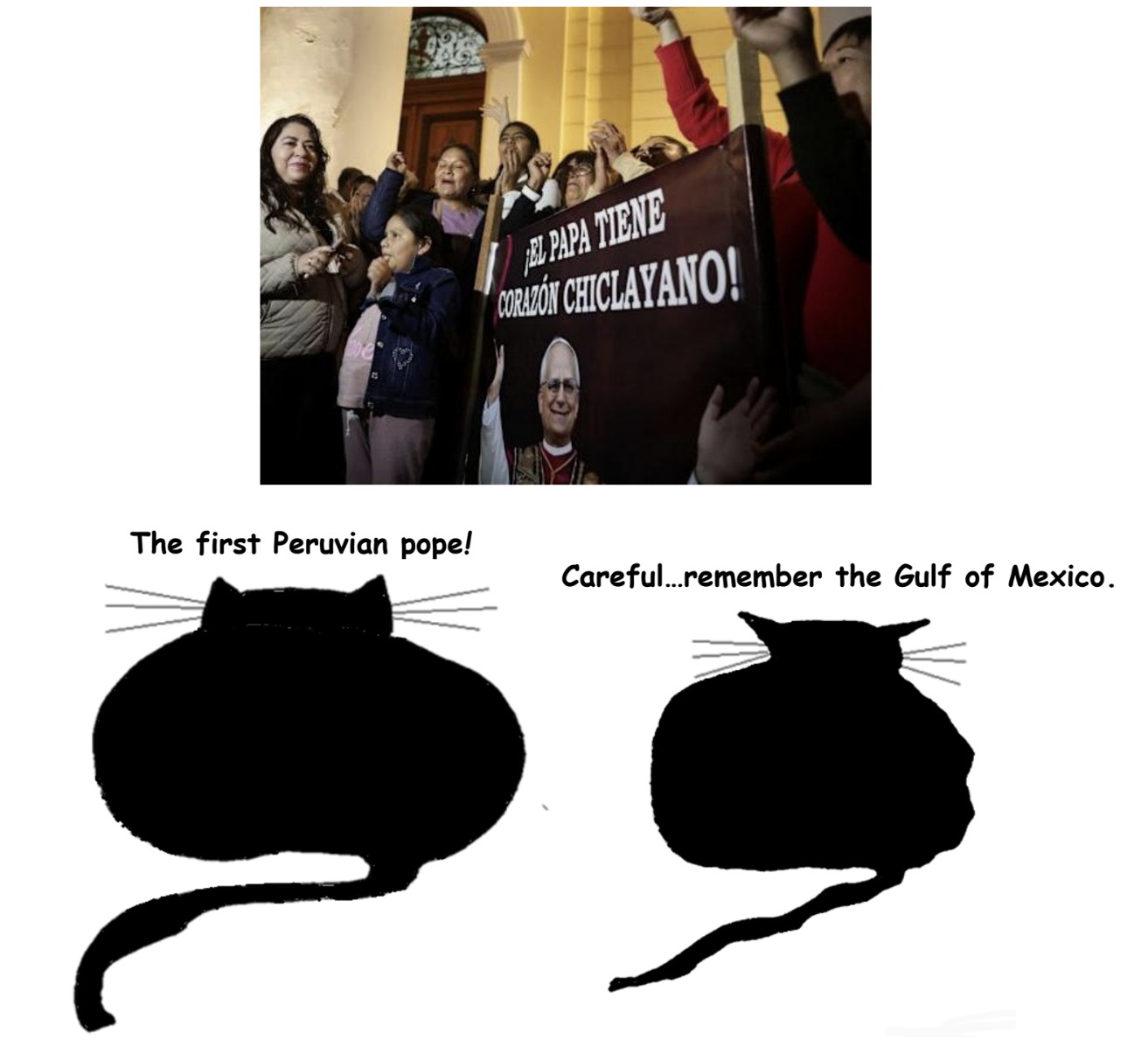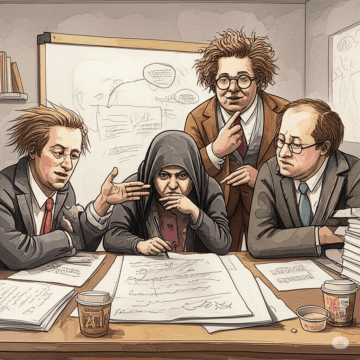by Charles Siegel
On April 30th my firm joined the Texas Civil Rights Project, the Southern Poverty Law Center, Muslim Advocates, and the CLEAR Project to file a habeas corpus petition in federal court, seeking the release of our client Leqaa Kordia, a New Jersey resident who has been held for over two months at an ICE detention center 40 miles southwest of Dallas. Attorneys for Palestinian student protestor held in North Texas file challenge in court | KERA News.
Ms. Kordia is Palestinian, and she has lost many family members to Israel’s current military campaign in Gaza. In April 2024 she attended a peaceful demonstration at Columbia University, joining others in chanting “ceasefire now!” She was one of dozens cited for violating a local ordinance, but the citation was swiftly dismissed. Nearly a year later, the administration announced that it would be taking enforcement action against noncitizens who exercised their First Amendment rights by publicly supporting the Palestinian cause. As a result, Ms. Kordia was detained by the federal government and transferred 1500 miles from her home. Her health has suffered in detention, and her rights to pray according to her faith and observe a halal diet have been repeatedly frustrated. An immigration judge reviewed her case and determined she should be released pending the payment of a bond, which her family promptly posted. Even though it very rarely appeals such decisions, the government appealed this one, resulting in her continued detention. Her ongoing confinement is a consequence of nothing other than the exercise of her First Amendment right to speak, and the Trump administration’s campaign to “combat antisemitism.”
Soon after he was inaugurated, Trump said of students protesting the Gaza war, “we ought to get them all out of the country. They’re troublemakers, agitators. They don’t love our country. We ought to get them the hell out.” In a court filing in the case of Mahmoud Khalil, a student who helped lead protests at Columbia, Secretary of State Rubio stated that the presence of persons with “beliefs, statements, or associations” he deems to be counter to U.S. foreign policy, undermines U.S. policy to combat antisemitism around the world and to protect “Jewish students from harassment and violence in the United States,” and is enough to justify deportation. This ignores entirely, of course, the fact that many campus protesters are Jewish, and that one need not be antisemitic at all to deplore some of the ways in which Israel has conducted the war and is now needlessly prolonging it.
Using the same excuse, the administration has also drastically cut funding to leading universities, most prominently Harvard. On April 14th, the president’s “Joint Task Force to Combat Anti-Semitism” announced “a freeze on $2.2 billion in multi-year grants and $60 million in multi-year contract value to Harvard.” Just last week, another $450 million in grants were cut, with no further explanation. Read more »

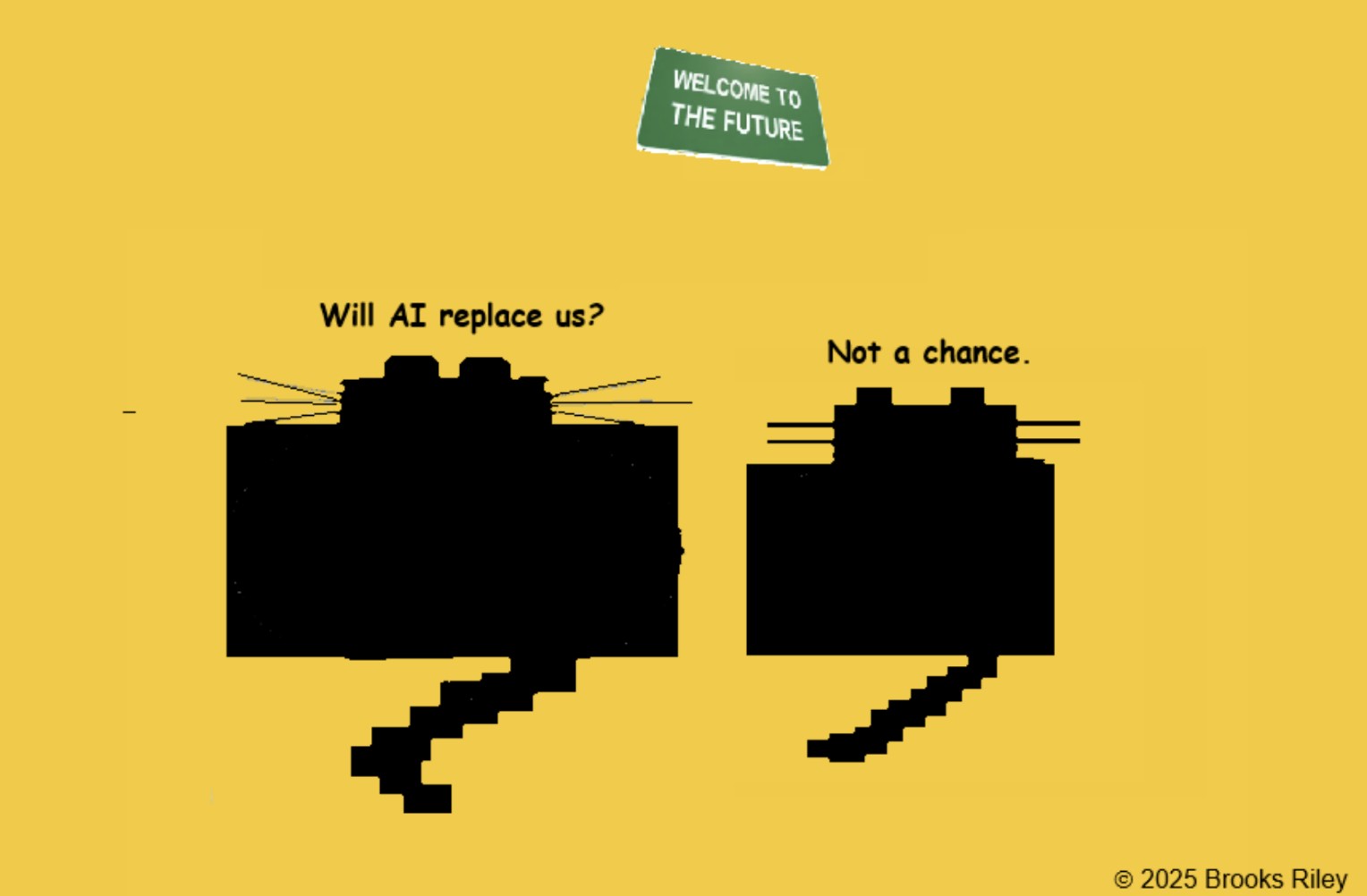
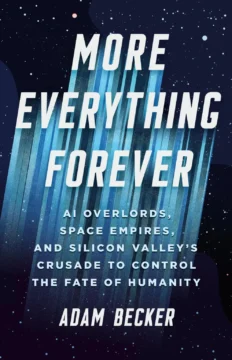
 3QD: The old cliché about a guest needing no introduction never seemed more apt. So instead of me introducing you to our readers, maybe you could begin by telling us a little bit about yourself, perhaps something not so well known, a little more revealing.
3QD: The old cliché about a guest needing no introduction never seemed more apt. So instead of me introducing you to our readers, maybe you could begin by telling us a little bit about yourself, perhaps something not so well known, a little more revealing. Katie Newell. Second Story. 2011, Flint, Michigan.
Katie Newell. Second Story. 2011, Flint, Michigan.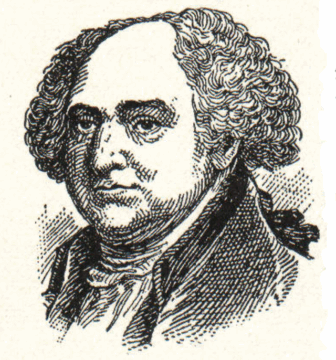

 It is a curious legacy of philosophy that the tongue, the organ of speech, has been treated as the dumbest of the senses. Taste, in the classical Western canon, has for centuries carried the stigma of being base, ephemeral, and merely pleasurable. In other words, unserious. Beauty, it was argued, resides in the eternal, the intelligible, the contemplative. Food, which disappears as it delights, seemed to offer nothing of enduring aesthetic value. Yet today, as gastronomy increasingly is being treated as an aesthetic experience, we must re-evaluate those assumptions.
It is a curious legacy of philosophy that the tongue, the organ of speech, has been treated as the dumbest of the senses. Taste, in the classical Western canon, has for centuries carried the stigma of being base, ephemeral, and merely pleasurable. In other words, unserious. Beauty, it was argued, resides in the eternal, the intelligible, the contemplative. Food, which disappears as it delights, seemed to offer nothing of enduring aesthetic value. Yet today, as gastronomy increasingly is being treated as an aesthetic experience, we must re-evaluate those assumptions. In my Philosophy 102 section this semester, midterms were particularly easy to grade because twenty seven of the thirty students handed in slight variants of the same exact answers which were, as I easily verified, descendants of ur-essays generated by ChatGPT. I had gone to great pains in class to distinguish an explication (determining category membership based on a thing’s properties, that is, what it is) from a functional analysis (determining category membership based on a thing’s use, that is, what it does). It was not a distinction their preferred large language model considered and as such when asked to develop an explication of “shoe,” I received the same flawed answer from ninety percent of them. Pointing out this error, half of the faces showed shame and the other half annoyance that I would deprive them of their usual means of “writing” essays.
In my Philosophy 102 section this semester, midterms were particularly easy to grade because twenty seven of the thirty students handed in slight variants of the same exact answers which were, as I easily verified, descendants of ur-essays generated by ChatGPT. I had gone to great pains in class to distinguish an explication (determining category membership based on a thing’s properties, that is, what it is) from a functional analysis (determining category membership based on a thing’s use, that is, what it does). It was not a distinction their preferred large language model considered and as such when asked to develop an explication of “shoe,” I received the same flawed answer from ninety percent of them. Pointing out this error, half of the faces showed shame and the other half annoyance that I would deprive them of their usual means of “writing” essays.

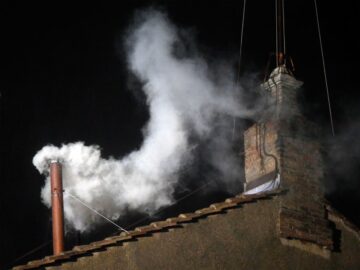 s on a common topic. Yet at noon on May 8th, all 16 high school seniors in my AP Lit class were transfixed by one event: on the other side of the Atlantic, white smoke had come out of a chimney in the Sistine Chapel. “There’s a new pope” was the talk of the day, and phone screens that usually displayed Instagram feeds now showed live video of the Piazza San Pietro in Rome.
s on a common topic. Yet at noon on May 8th, all 16 high school seniors in my AP Lit class were transfixed by one event: on the other side of the Atlantic, white smoke had come out of a chimney in the Sistine Chapel. “There’s a new pope” was the talk of the day, and phone screens that usually displayed Instagram feeds now showed live video of the Piazza San Pietro in Rome.
 Danish author Solvej Balle’s novel On the Calculation of Volume, the first book translated from a series of five, could be thought of as time loop realism, if such a thing is imaginable. Tara Selter is trapped, alone, in a looping 18th of November. Each morning simply brings yesterday again. Tara turns to her pen, tracking the loops in a journal. Hinting at how the messiness of life can take form in texts, the passages Tara scribbles in her notebooks remain despite the restarts. She can’t explain why this is, but it allows her to build a diary despite time standing still. The capability of writing to curb the boredom and capture lost moments brings some comfort.
Danish author Solvej Balle’s novel On the Calculation of Volume, the first book translated from a series of five, could be thought of as time loop realism, if such a thing is imaginable. Tara Selter is trapped, alone, in a looping 18th of November. Each morning simply brings yesterday again. Tara turns to her pen, tracking the loops in a journal. Hinting at how the messiness of life can take form in texts, the passages Tara scribbles in her notebooks remain despite the restarts. She can’t explain why this is, but it allows her to build a diary despite time standing still. The capability of writing to curb the boredom and capture lost moments brings some comfort.
 Many have talked about Trump’s war on the rule of law. No president in American history, not even Nixon, has engaged in such overt warfare on the rule of law. He attacks judges, issues executive orders that are facially unlawful, coyly defies court orders, humiliates and subjugates big law firms to his will, and weaponizes law enforcement to target those who seek to uphold the law.
Many have talked about Trump’s war on the rule of law. No president in American history, not even Nixon, has engaged in such overt warfare on the rule of law. He attacks judges, issues executive orders that are facially unlawful, coyly defies court orders, humiliates and subjugates big law firms to his will, and weaponizes law enforcement to target those who seek to uphold the law. When this article is published, it will be close to – perhaps on – the 39th anniversary of one of the most audacious moments in television history: Bobby Ewing’s return to Dallas. The character, played by Patrick Duffy, had been a popular foil for his evil brother JR, played by Larry Hagman on the primetime soap, but Duffy’s seven-year contract with the show had expired, and he wanted out. His character had been given a heroic death at the end of the eighth season, and that seemed to be that. But ratings for the ninth season slipped, Duffy wanted back in, and death in television, being merely a displaced name for an episodic predicament, is subject to narrative salves. So, on May 16, 1986, Bobby would return, not as a hidden twin or a stranger of certain odd resemblance, but as Bobby himself; his wife, Pam, awakes in bed, hears a noise in the bathroom and investigates, and upon opening the shower door, reveals Bobby alive and well. She had in fact dreamed the death, and, indeed, the entirety of the ninth season.
When this article is published, it will be close to – perhaps on – the 39th anniversary of one of the most audacious moments in television history: Bobby Ewing’s return to Dallas. The character, played by Patrick Duffy, had been a popular foil for his evil brother JR, played by Larry Hagman on the primetime soap, but Duffy’s seven-year contract with the show had expired, and he wanted out. His character had been given a heroic death at the end of the eighth season, and that seemed to be that. But ratings for the ninth season slipped, Duffy wanted back in, and death in television, being merely a displaced name for an episodic predicament, is subject to narrative salves. So, on May 16, 1986, Bobby would return, not as a hidden twin or a stranger of certain odd resemblance, but as Bobby himself; his wife, Pam, awakes in bed, hears a noise in the bathroom and investigates, and upon opening the shower door, reveals Bobby alive and well. She had in fact dreamed the death, and, indeed, the entirety of the ninth season.